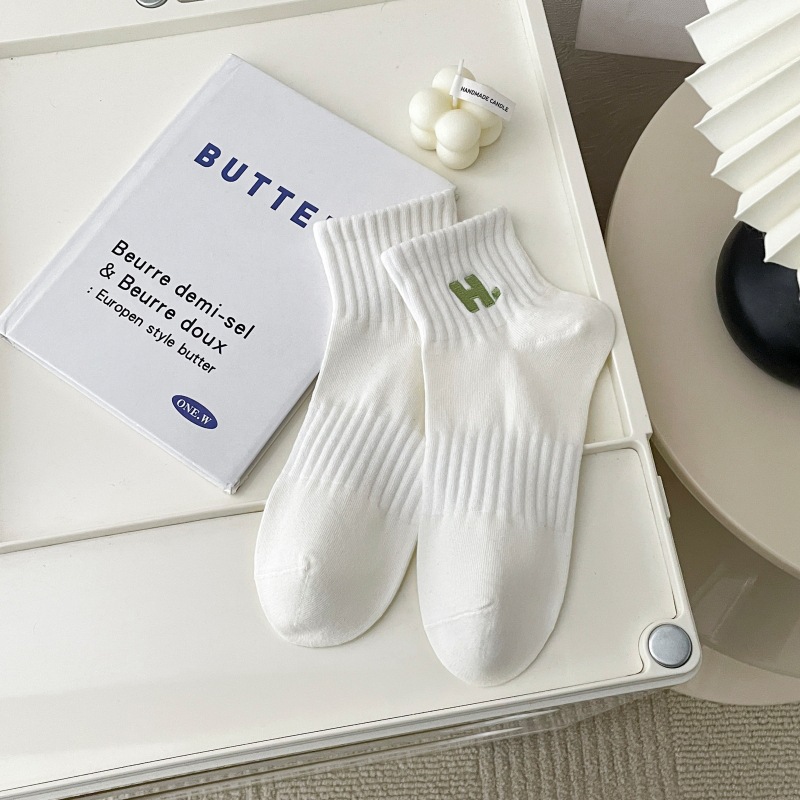Summary:Different materials used in women's socks can significantly affect their breathability and moisture-wicking properties. ...
Different materials used in
women's socks can significantly affect their breathability and moisture-wicking properties. Here's how some common sock materials stack up in terms of these factors:
Cotton:
Breathability: Cotton socks are breathable and allow air to circulate around the foot, helping to prevent excessive sweating and odor buildup.
Moisture-Wicking: While cotton can absorb moisture, it doesn't wick moisture away from the skin as effectively as some other materials. This means that cotton socks may become damp and uncomfortable during intense physical activity or in hot weather.
Wool:
Breathability: Wool socks are naturally breathable and have excellent air circulation properties. They help regulate foot temperature by trapping air and wicking moisture away from the skin.
Moisture-Wicking: Wool fibers have the ability to absorb moisture while still feeling dry to the touch. Wool socks can effectively wick moisture away from the skin, keeping feet dry and comfortable even in humid conditions.
Synthetic Fabrics (e.g., Polyester, Nylon):
Breathability: Synthetic socks made from materials like polyester and nylon are generally less breathable than natural fibers like cotton and wool. They may not allow as much airflow around the foot, which can lead to increased sweating and moisture buildup.
Moisture-Wicking: Many synthetic fabrics are engineered to have moisture-wicking properties, meaning they can effectively pull moisture away from the skin and allow it to evaporate quickly. This helps keep the feet dry and comfortable during physical activity or in hot weather.
Bamboo Fiber:
Breathability: Bamboo fiber socks are highly breathable and allow for excellent air circulation around the foot. They help regulate foot temperature and prevent overheating.
Moisture-Wicking: Bamboo fiber has natural moisture-wicking properties, similar to wool. It can absorb moisture and pull it away from the skin, keeping the feet dry and reducing the risk of blisters and discomfort.
While cotton socks offer good breathability but may not be the best at moisture-wicking, wool, synthetic, and bamboo fiber socks excel in both breathability and moisture management. The choice of sock material depends on individual preferences, intended use, and the specific needs of the wearer.


